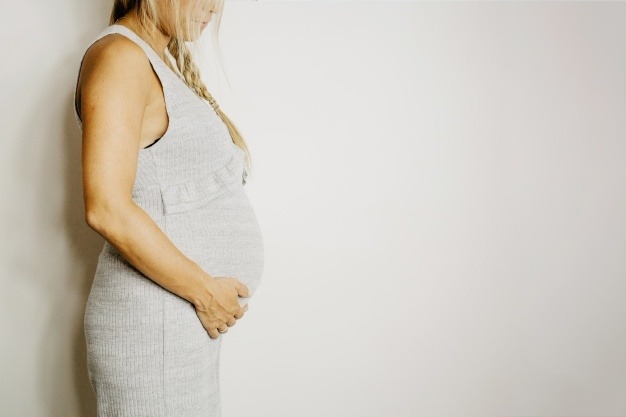
Low Lying Placenta: Facts You Should Know!
27 Feb 2018 | 3 min Read
Dr Shilpitha Shanthappa
Author | 15 Articles
Normally, The upper half of the uterus is rich in blood vessels and thus the favoured spot for implantation. However, the foetus sometimes implants in the lower portion of the uterus. This is when you have a low lying placenta.
A low lying placenta is looked upon with fear and distrust by most women. That is because we rarely know the whole truth about this phenomenon. Most low lying placentas are diagnosed in the first trimester. They are often rectified later in the pregnancy. But some may not change till the last trimester.
Here are some facts that you must know about this pregnancy related risk factor-
– If you are in your first trimester of pregnancy and you have low lying placenta, then there is a strong possibility that it will move up. As the uterus expands upwards with time, the placenta will move up towards the upper half.
– You need to be careful and take rest but that does not mean you are strictly confined to the bed. You can move around as long as you do not strain yourself. But you surely should not lift any heavy weights.
– If you have low lying placenta in the first trimester, then there is no reason why your pregnancy should be declared high risk. Beyond the third trimester, low lying placenta is a cause of worry.
– The chances of preterm labour increases when you are in your last stage of pregnancy. However, if you take ample rest, there is nothing to worry about a premature delivery.
List of Do’s and Don’ts-
- You need to drink as much water and fluids as you can. Fluids help the placenta to move upwards.
- You need to rest yourself to the fullest. Do not take any stress like long standing, climbing, walking, coitus, lifting heavy objects.
- You need to measure your steps when you have low lying placenta. Never get up with a start or sit down with a thud. You also need to walk carefully and make an deliberate attempt to walk slowly.
- Just be careful and follow the advice of your obstetrician. Many women are live witnesses of the fact that a low lying placenta can move up, so do not worry.
- Keep an eye on fetal movements everyday.
- Any kind of P/V leaking or spotting or bleeding or strong contractions or abdominal tightening, check with your OBG asap
Also read: Quick List of Foods to avoid during Pregnancy
Explore the entire collection of articles: Pregnancy Must Know
A


Related Topics for you
Suggestions offered by doctors on BabyChakra are of advisory nature i.e., for educational and informational purposes only. Content posted on, created for, or compiled by BabyChakra is not intended or designed to replace your doctor's independent judgment about any symptom, condition, or the appropriateness or risks of a procedure or treatment for a given person.
